European Bee-eater
Posted: Wed Mar 12, 2014 5:30 pm
438. European Bee-eater Merops apiaster (Europese byvreter)
Order: Coraciiformes. Family: Meropidae
Description
Length 27-29 cm, including the two long central tail feathers. This species, like other bee-eaters, is a richly-coloured, slim bird. The head is turquoise-blue, chestnut and the bill is coloured grey-black. The eyes are red. The forehead is white, the throat is yellow bordered by black, and the underparts are blue. Brown and yellow upperparts, green wings.
In breeding plumage, it has a rich chestnut crown that blends into gold on its back. Sexes similar. Male European bee-eaters have a chestnut-coloured patch in the middle of the wing, in females this patch is usually smaller or even absent. Occasionally, females may also be distinguished from the males by having a green back.
The wings and backs of juvenile European bee-eaters are entirely green, and the eyes are brown, in contrast to the bright red eyes of adults.
Distribution
Common and widespread, with a worldwide population of 4 million, occurring in Europe, south-west Asia and sub-Saharan Africa.
Fairly common summer visitor to Europe and western Asia. Breeds over much of Iberia, in southern France and parts of Italy, and from the eastern Adriatic to the Black and Caspian Seas. In Russia breeds north to about 57°N. Found throughout Turkey and the Caucasus, in northern Iraq and in scattered parts of the Middle East. In the Mediterranean breeds on the Balearics, Corsica and Sardinia, Crete and Cyprus. In North Africa breeds widely across the north-west. Further east breeds over much of Iraq and Iran and discontinuously east to western China. In southern Africa it is a non-breeding visitor to Namibia, Botswana, Zimbabwe, Mozambique and north-eastern and central South Africa. Also breeds in parts of southern Africa and has a breeding population in the Western and Eastern Cape.
Movements and migrations
Its movements are complex, with breeding and non-breeding populations in southern Africa.
One population breeds in various areas of Eurasia and northern Africa, moving to down to south-central and southern Africa in October in the non-breeding season, leaving again in March. This population occurs in Namibia, Mozambique, Zimbabwe, Botswana and the northern parts of southern Africa.
The southern African breeding population arrives from their non-breeding grounds in central Africa in September. They mainly breed in the Western and Eastern Cape, leaving southern Africa in the period from January-February.
Habitat
It generally prefers temperate habitats, especially in the fynbos biome, avoiding excessively arid or wet areas.
Diet
Feeds exclusively on insects, eating mainly bees, wasps, flying ants and termites. It mainly hunts aerially, acrobatically hawking insects and sometimes ascending to 150 m above ground! It also catches insects from a perch.
Breeding
During the courtship and laying periods, the male fulfils part of the female’s food requirements by bringing her prey. Monogamous colonial nester, nesting in groups of 10-30, sometimes 100 pairs. It often nests with other bird species, such as Banded martin, Brown-throated martin and Pied starling. Breeding pairs are assisted by non-breeding individuals and sometimes juveniles. Both sexes excavate the nest, which is a 0.7-2.0 m long tunnel ending in a chamber about 25 cm wide. It is dug into riverbanks, gullies, or quarries with dry clay. Egg-laying season is usually from October-May. It lays 2-6 eggs, which are incubated for 19-28 days. The chicks stay in the nest for about 30-31 days, after which they may come back to the nest to roost. After the young have fledged, the parents continue to feed them for a considerable time, as catching insects on the wing is a skill that takes time to learn.
Call
Various liquid and melodious trill notes prruip, pruik or kruup. Listen to Bird Call.
Status
Common summer visitor.
Order: Coraciiformes. Family: Meropidae
Description
Length 27-29 cm, including the two long central tail feathers. This species, like other bee-eaters, is a richly-coloured, slim bird. The head is turquoise-blue, chestnut and the bill is coloured grey-black. The eyes are red. The forehead is white, the throat is yellow bordered by black, and the underparts are blue. Brown and yellow upperparts, green wings.
In breeding plumage, it has a rich chestnut crown that blends into gold on its back. Sexes similar. Male European bee-eaters have a chestnut-coloured patch in the middle of the wing, in females this patch is usually smaller or even absent. Occasionally, females may also be distinguished from the males by having a green back.
The wings and backs of juvenile European bee-eaters are entirely green, and the eyes are brown, in contrast to the bright red eyes of adults.
Distribution
Common and widespread, with a worldwide population of 4 million, occurring in Europe, south-west Asia and sub-Saharan Africa.
Fairly common summer visitor to Europe and western Asia. Breeds over much of Iberia, in southern France and parts of Italy, and from the eastern Adriatic to the Black and Caspian Seas. In Russia breeds north to about 57°N. Found throughout Turkey and the Caucasus, in northern Iraq and in scattered parts of the Middle East. In the Mediterranean breeds on the Balearics, Corsica and Sardinia, Crete and Cyprus. In North Africa breeds widely across the north-west. Further east breeds over much of Iraq and Iran and discontinuously east to western China. In southern Africa it is a non-breeding visitor to Namibia, Botswana, Zimbabwe, Mozambique and north-eastern and central South Africa. Also breeds in parts of southern Africa and has a breeding population in the Western and Eastern Cape.
Movements and migrations
Its movements are complex, with breeding and non-breeding populations in southern Africa.
One population breeds in various areas of Eurasia and northern Africa, moving to down to south-central and southern Africa in October in the non-breeding season, leaving again in March. This population occurs in Namibia, Mozambique, Zimbabwe, Botswana and the northern parts of southern Africa.
The southern African breeding population arrives from their non-breeding grounds in central Africa in September. They mainly breed in the Western and Eastern Cape, leaving southern Africa in the period from January-February.
Habitat
It generally prefers temperate habitats, especially in the fynbos biome, avoiding excessively arid or wet areas.
Diet
Feeds exclusively on insects, eating mainly bees, wasps, flying ants and termites. It mainly hunts aerially, acrobatically hawking insects and sometimes ascending to 150 m above ground! It also catches insects from a perch.
Breeding
During the courtship and laying periods, the male fulfils part of the female’s food requirements by bringing her prey. Monogamous colonial nester, nesting in groups of 10-30, sometimes 100 pairs. It often nests with other bird species, such as Banded martin, Brown-throated martin and Pied starling. Breeding pairs are assisted by non-breeding individuals and sometimes juveniles. Both sexes excavate the nest, which is a 0.7-2.0 m long tunnel ending in a chamber about 25 cm wide. It is dug into riverbanks, gullies, or quarries with dry clay. Egg-laying season is usually from October-May. It lays 2-6 eggs, which are incubated for 19-28 days. The chicks stay in the nest for about 30-31 days, after which they may come back to the nest to roost. After the young have fledged, the parents continue to feed them for a considerable time, as catching insects on the wing is a skill that takes time to learn.
Call
Various liquid and melodious trill notes prruip, pruik or kruup. Listen to Bird Call.
Status
Common summer visitor.
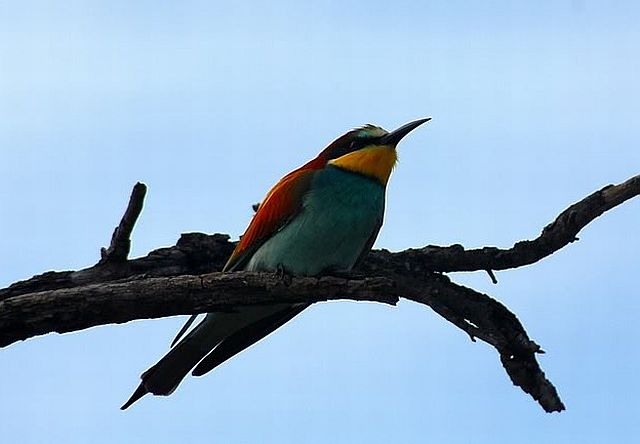 © Bushcraft
© Bushcraft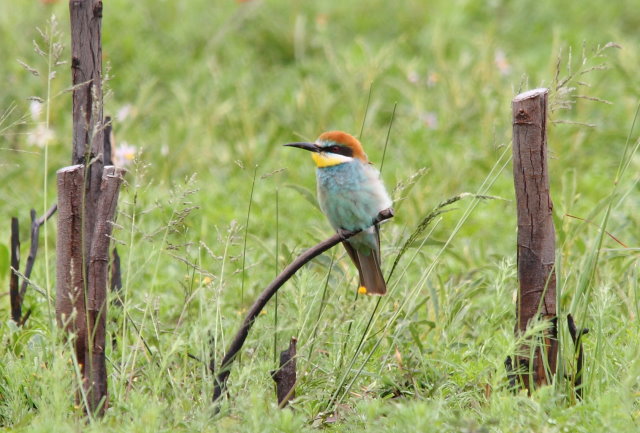 © Flutterby
© Flutterby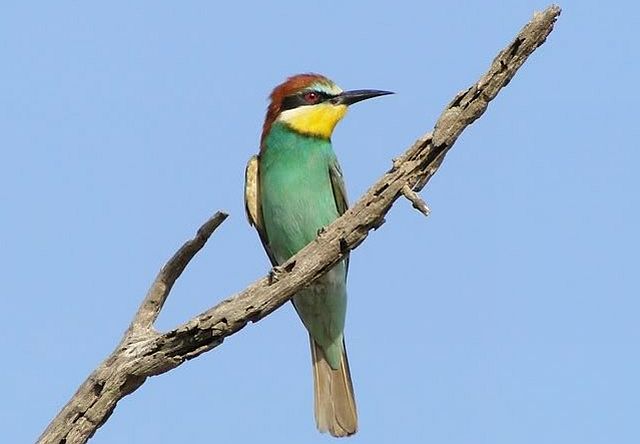 © JustN@ture
© JustN@ture © leachy
© leachy © Pumbaa
© Pumbaa
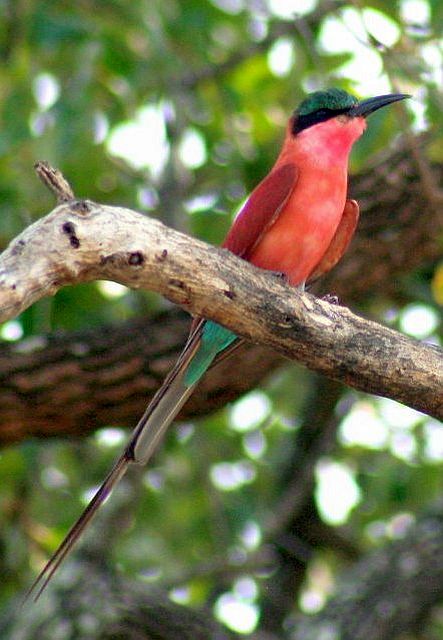 © Flutterby
© Flutterby © Super Mongoose
© Super Mongoose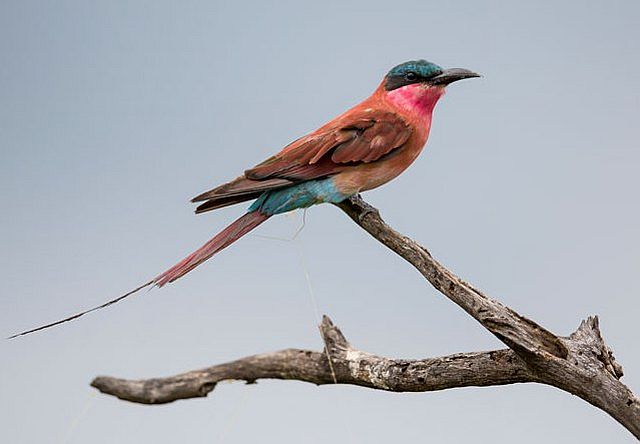 © Pumbaa
© Pumbaa 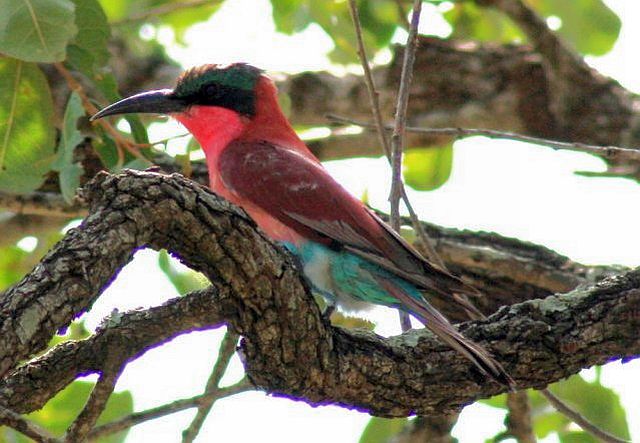 © Flutterby
© Flutterby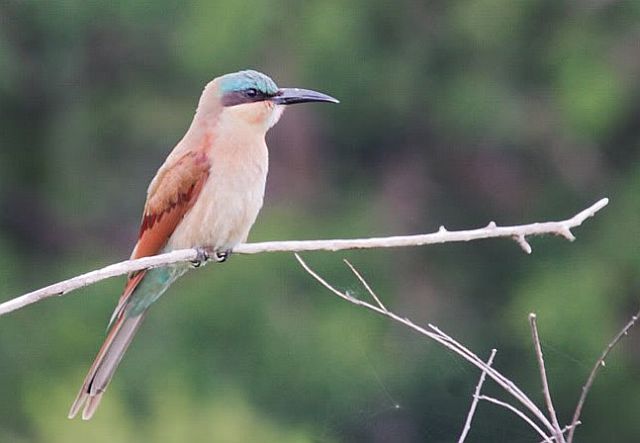 © leachy
© leachy © pooky
© pooky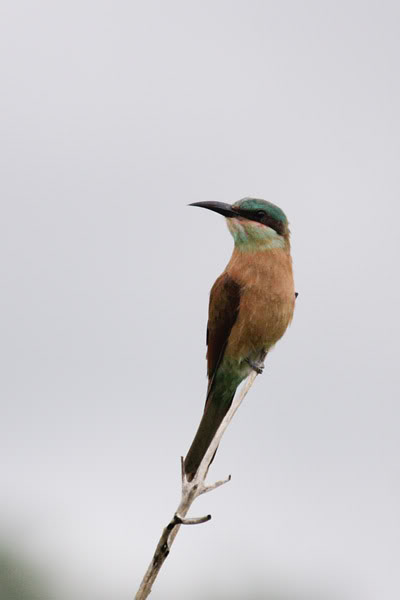 © leachy
© leachy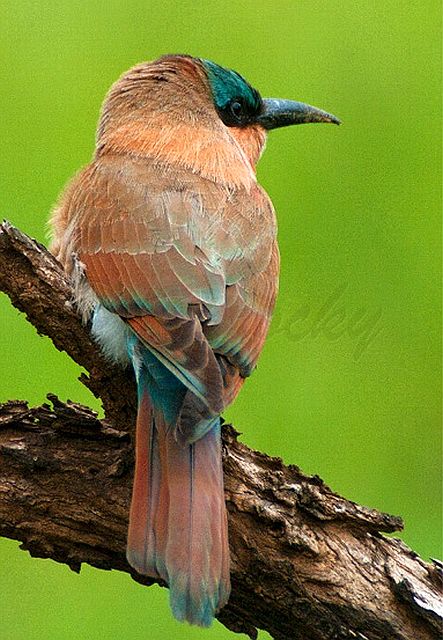 © Sprocky
© Sprocky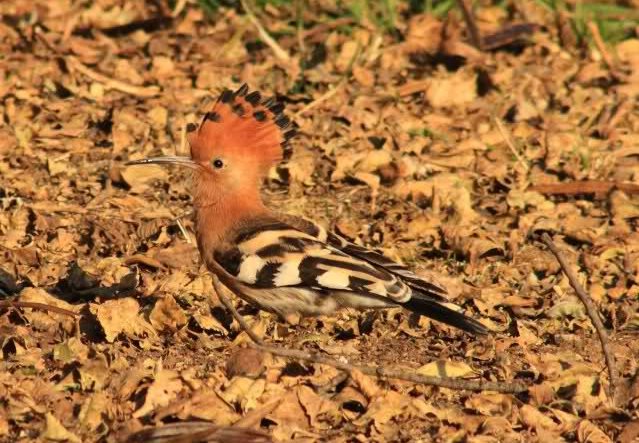 © Flutterby
© Flutterby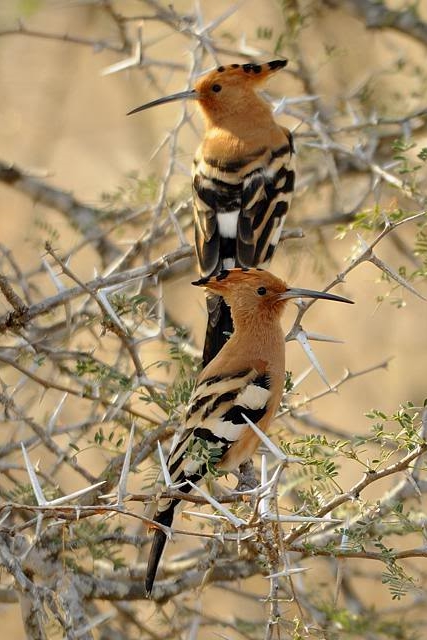 © Dewi
© Dewi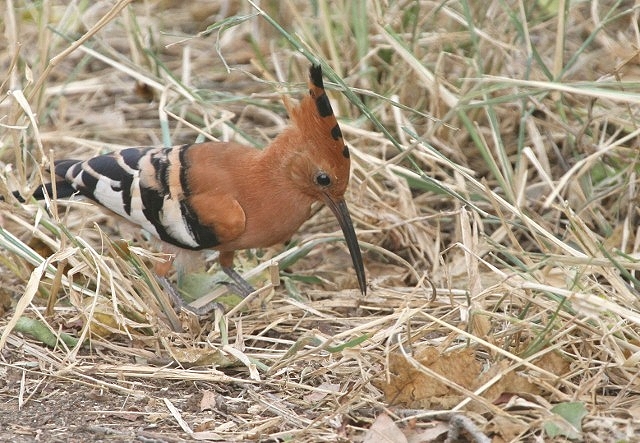 © nan
© nan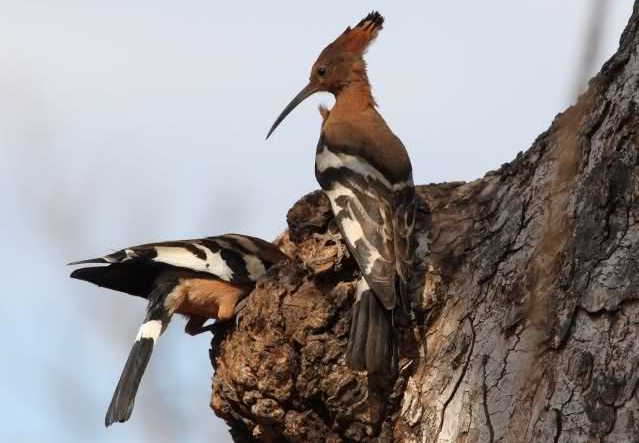 © nan
© nan © PJL
© PJL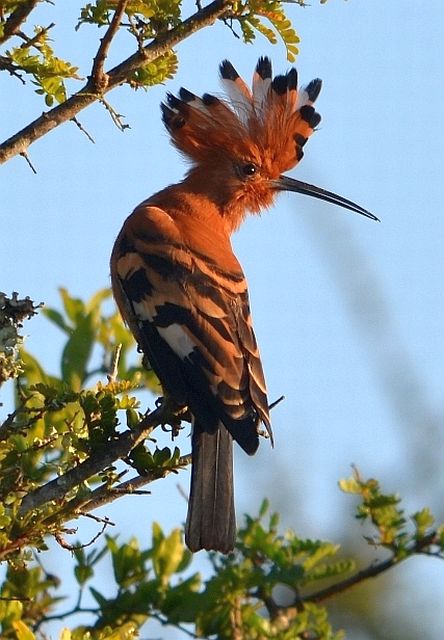 © Mel
© Mel